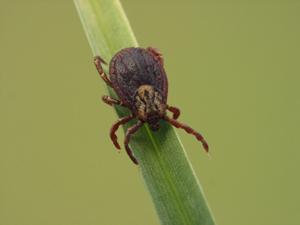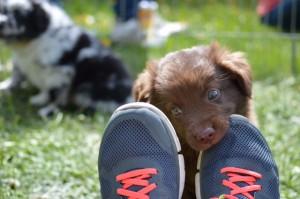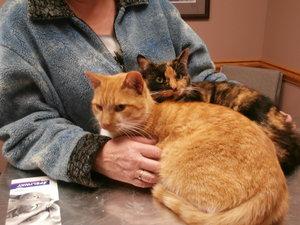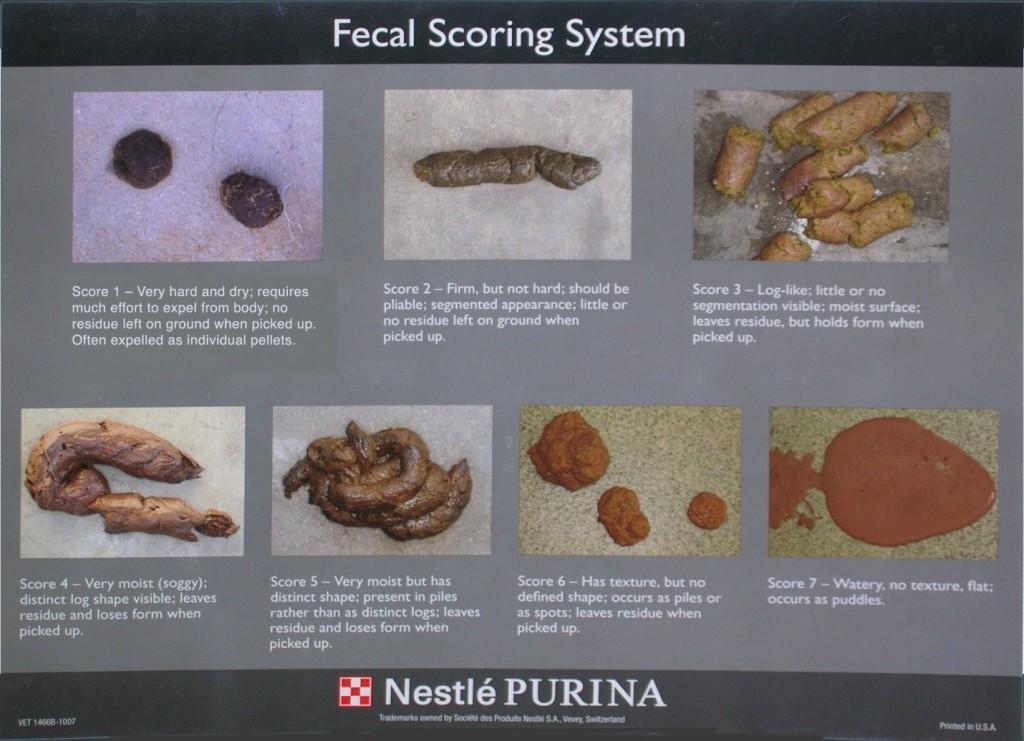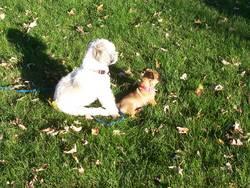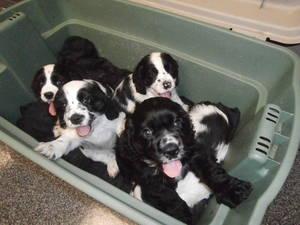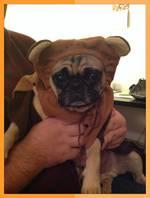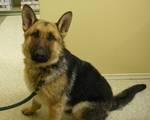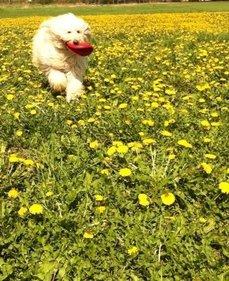March 19th -26th is pet poison prevention week, so we are discussing the most common toxins available in your home, and how to keep your pets safe.
Human Over the Counter Medications
Over the counter medications consistently rank at the top of the ASPCA’s list of most commonly ingested toxins by pets. While these medications may be safe for humans to take without a prescription, they can be deadly in animals. For example, cats cannot tolerate any amount of acetaminophen (Tylenol), as it is highly toxic for them because their liver is not able to process it. Other medications, like ibuprofen (Advil) and naproxen (Aleve) have very narrow safety margins and cause stomach ulcers or kidney damage.
Make sure to keep these medications in an area that your pet cannot access. Always contact your veterinarian before giving any over the counter medication to your pet to make sure it is safe. If you pet ingests any medication, contact your veterinarian immediately.
Food
Food is also a very common toxin ingestion, and depending on the breed you have, may be a constant battle! The foods of most concern include chocolate, onions, garlic, grapes, dough and bones. More recently, xylitol has also become a concern. Xylitol is found in many products including gum, toothpaste and some nut butters. Xylitol can cause life threatening low blood sugar values.
Keep food off counters and out of reach for your pet. Make sure to never offer them any xylitol or chocolate containing products. If your pet ingests anything that you aren’t sure about, contact your veterinarian immediately to discuss whether the food is toxic and what the next steps should be.
Plants
There are many plants that are toxic and can even be lethal to your pets. For example, lilies are extremely deadly for cats. Even ingesting just small amounts of it, or just drinking the water from where the lily is placed, can cause acute kidney disease and death. Lilies should not be kept in a house with a cat. Other plants that are toxic for pets include azalea, daffodils, and tulip bulbs.
Before bringing any plant home, it would be best to make sure it is safe to have around your pet by contacting your veterinarian.
Human Prescription Medications
Human prescription medications have now made it on the list of common pet toxins. The common medications ingested by pets are the common medications taken by owners. These include heart medications and anti-depressants. Because all of these medications are very different, they have many different ways in which they are dangerous if ingested by your dog or cat.
All medications should be kept in areas that are not accessible by your pet. If your pet ingests a medication, contact your veterinarian immediately and have the medication with you so that your veterinarian can know exactly what your pet has swallowed.
If you ever have any questions about anything your pet has eaten or come into contact with, always contact your veterinarian. They are happy to answer any questions to help keep your pet safe and healthy!

